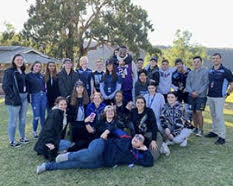Surrounded by one of Australia’s most cherished natural playgrounds and with a culture of arts and crafts as well as a history steeped in its industrial past, Lithgow region has a unique range of activities on offer. Whether you like bushwalking, hiking or mountain climbing or prefer a game of golf or a stint at the gym, the Lithgow region has a host of sporting, cultural and lifestyle activities for young and old.
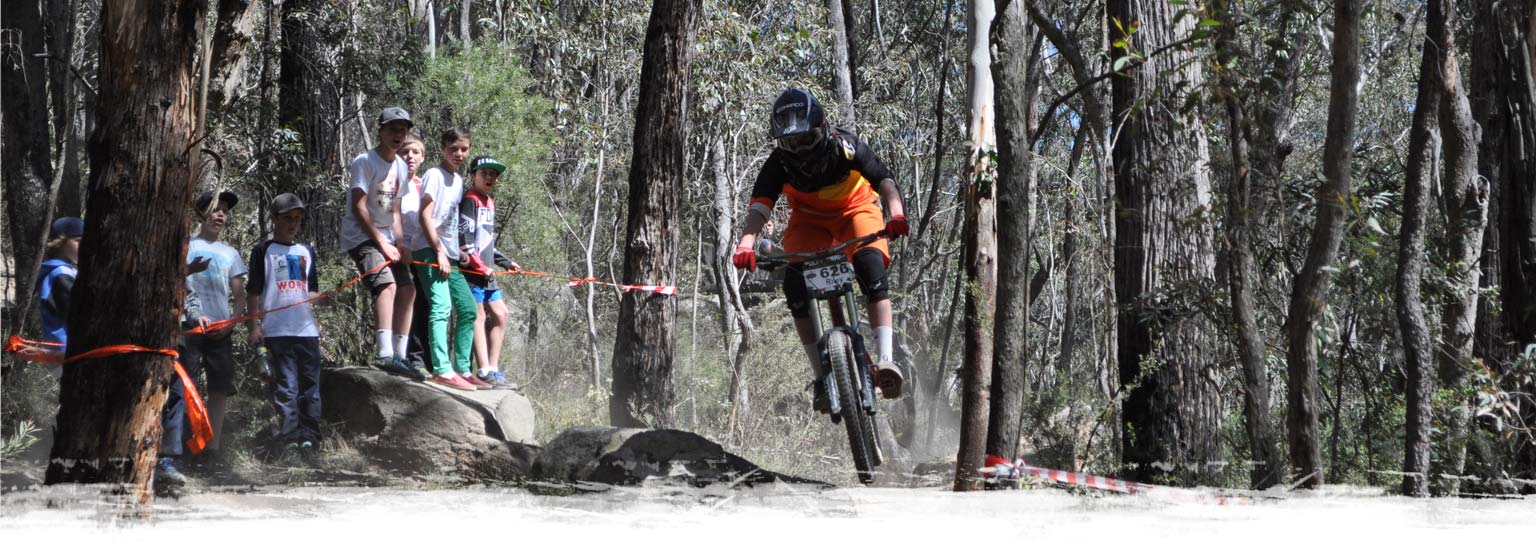
Four wheel driving, trail biking and motor biking is popular in the nearby Lidsdale State Forest and Marrangaroo National Park, and fishing in the nearby Coxs River and Lake Lyell. Rydal Village Association have provided some pleasant parks for picnics, and a heritage walk past some of the historic buildings and points of interest.
The Capertee Valley is classified by BirdLife International as an Important Bird Area because it is the most important breeding site for the endangered regent honeyeater. It also supports populations of the painted honeyeater, rockwarbler, swift parrot, plum-headed finch and diamond firetail.
Here is a map and a list of all the Gyms in Lithgow
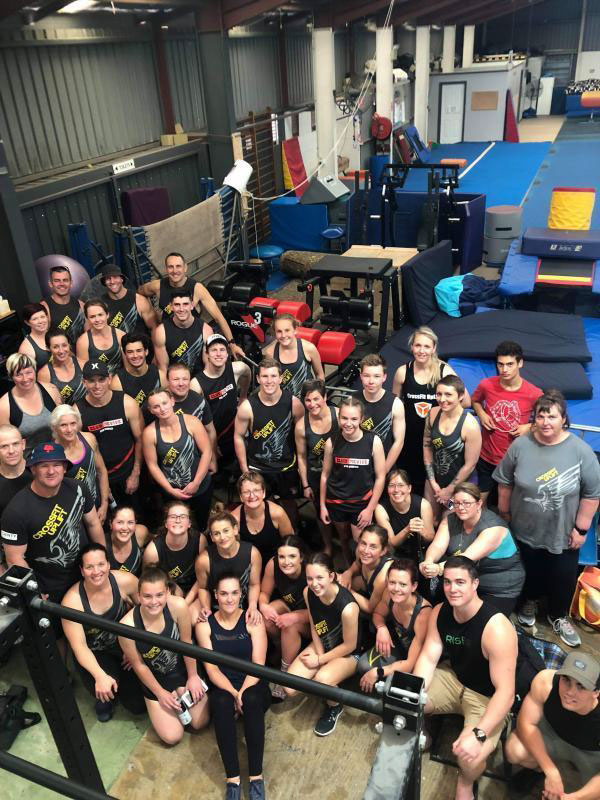
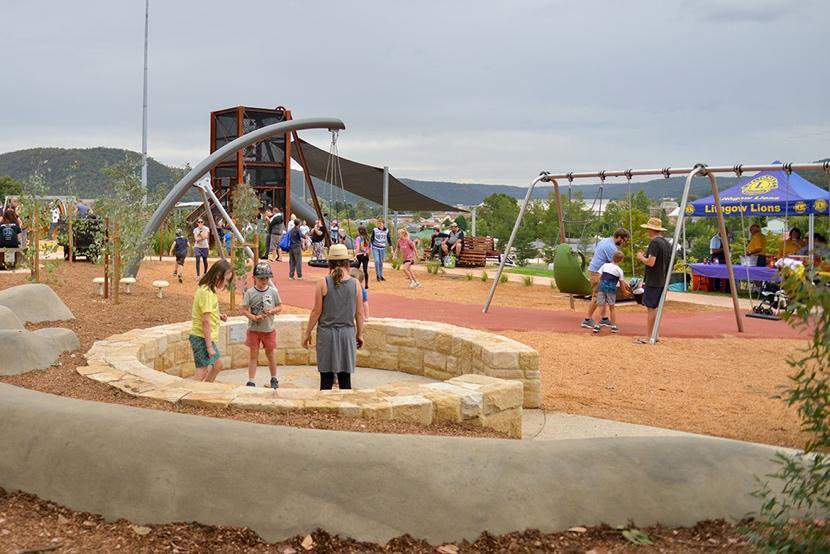
Located at Endeavour Park, Lithgow, is a beautiful, inclusive playground that is designed to engage children socially, physically and cognitively.
Lithgow Adventure Playground at Endeavour Park was designed by award-winning playground designer Ric McConaghy and is one of the largest recreational developments for the children and families of Lithgow in recent years. Officially opened in March 2019, this playground is worth a visit!
Endeavour Park has its own carpark, just off the Great Western Highway, so there is plenty of parking. There is an abundance of wide-open green space for ball and running games. The view is beautiful at this playground and provides a relaxed atmosphere.
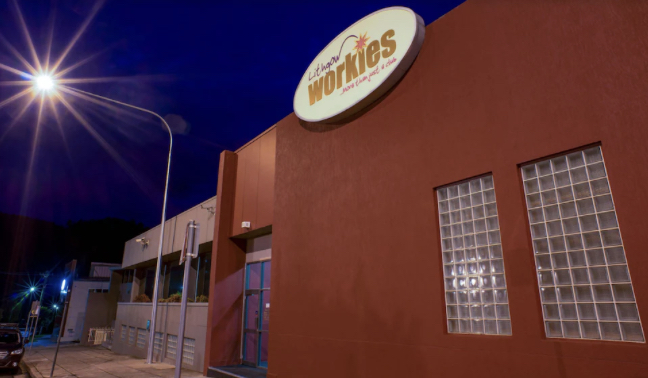
The Workies club is a Lithgow institution! It was founded in 1887, growing to over 10,000 members today. The club also caters for the many visitors who come from across the state and the country to enjoy the excellent facilities. They are leaders in quality entertainment, dining and function facilities in Lithgow.
The outdoor bar areas join the clubs’ Bistro, Café & Lounge, Bars, Function Centre with 5 function rooms, Bottle Shop, modern and comfortable Sports and TAB Lounge and Bowling greens.
Portland also has a golf club, a bowling club, and an Olympic pool.
The area is also popular for geocaching, rogaining and orienteering. The town is close to the Wollemi National Park, the Gardens of Stone National Park and the Turon National Park.
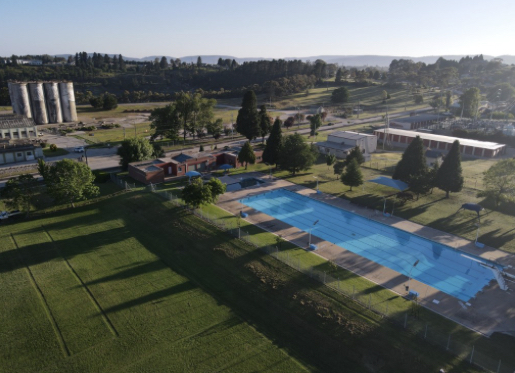
There is a diverse range of sporting and recreational clubs within the Lithgow LGA inclusive of two Golf Clubs, rowing, soccer, lawn bowls and croquet. For more information, please follow the Link.
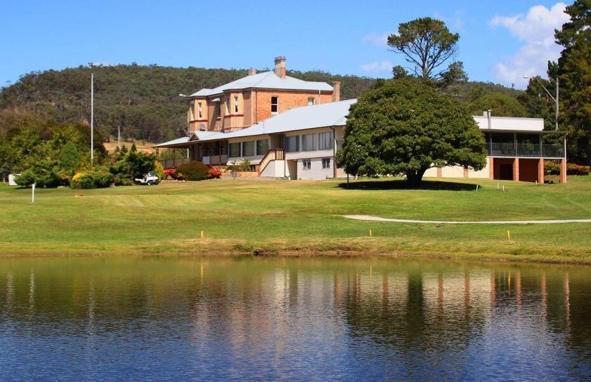
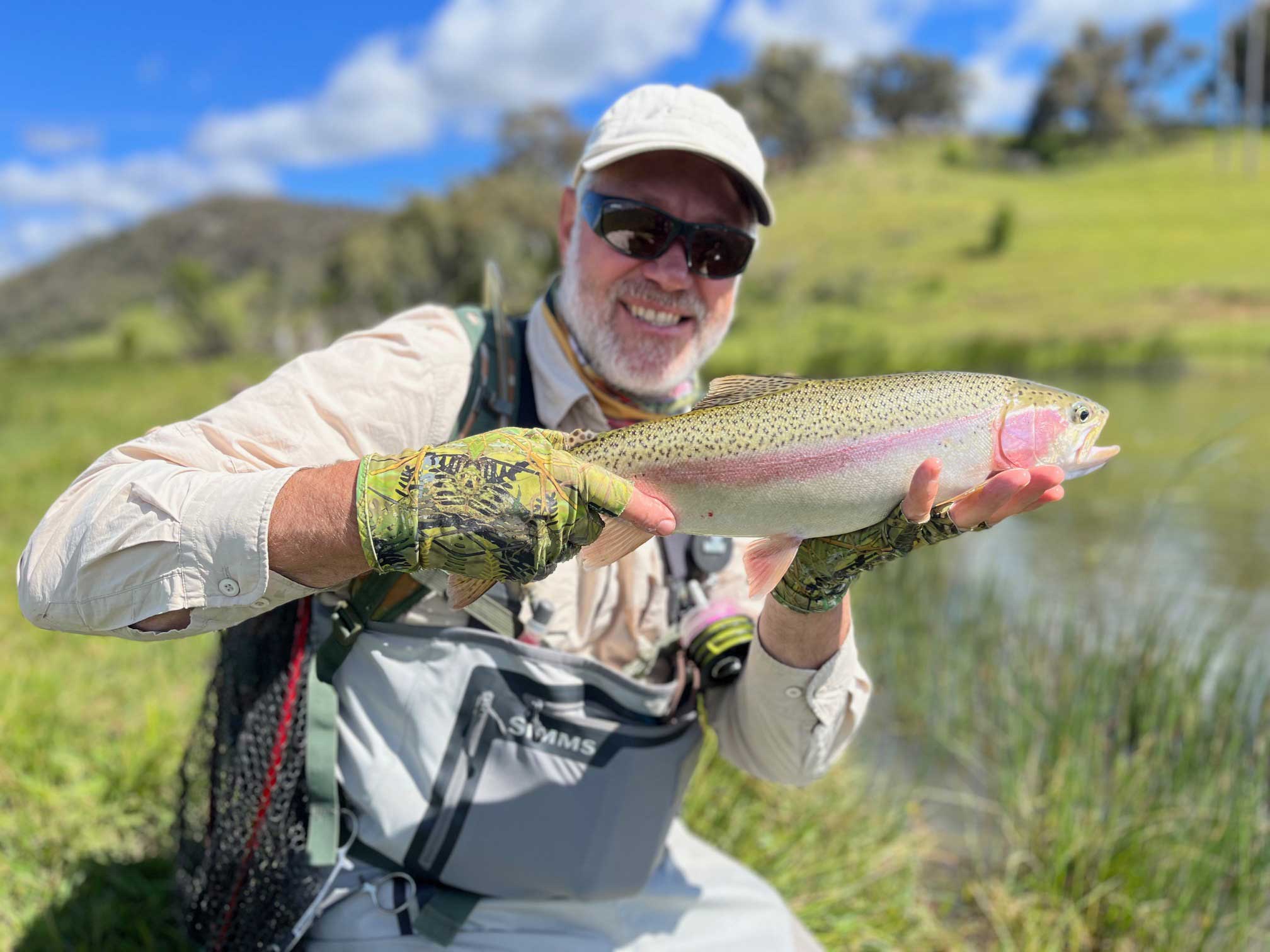
Trout fishing is possible in local streams and creeks, the best known spot being Thompson’s Creek Dam which is a twenty-minute hike from the carpark on Thompson’s Creek Rd via the Falnash State Forest. Coxs River, Lake Lyell, lake Wallace. What is the basis for claiming Thompsons Creek is the best known.
Is the highest scenic lookout in the Blue Mountains at approximately 1,100 metres above sea level. Look out to Mount Wilson, Mount York, Mount Tarana and Mount Blaxland and the whole Hartley Valley below. To the south are the Kanimbla and Megalong Valleys and Mount Bindo (1,363 metres).
The Sir Joseph Cook boardwalk provides easy access to the magnificent 180 degree view of the Blue Mountains escarpment and rolling valleys below.

There are great bushwalking tracks which were once early roads, near Hartley Historic Village. After you visit the village you can walk along Lawson’s Long Alley, Lockyer’s Pass or Berghofer’s Pass (currently closed). There is a picnic area near the River Lett next to the village and a boardwalk walk along the river. For more information or to book accommodation at the Old Trahlee or St Bernard’s Presbytery visit the Hartley Historic Site Visitor’s Centre page.
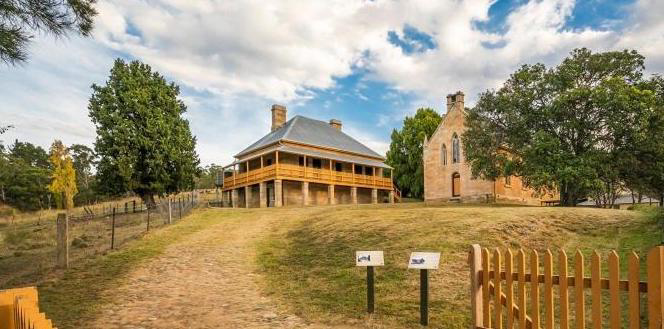
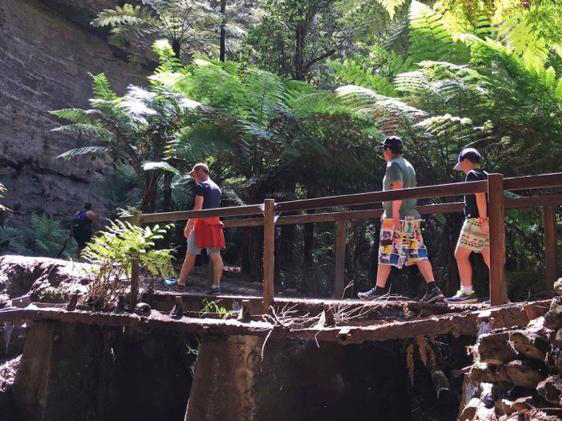
The bush walking trails in the area include the Pipeline Track, which goes from Newnes to Glen Davis, and the Wolgan Valley Heritage Trail, as well as the track from Newnes to the Glowworm Tunnel. There are also camping grounds that are open to the public. The valley also contains numerous slot canyons and is popular for rock-climbing.
The Pottery holds regular classes and events such as Bottle and Brush, Blacksmithing and Sea Shanty Club.
Rydal, a small village 22 kilometres west from the city of Lithgow about 6 km off the Great Western Highway, hosts “Daffodils at Rydal” each year. This is a garden festival centred around Rydal’s Main Street, parks and gardens, and open gardens in the nearby area. It is held on the 2nd and 3rd weekends of September each year, and raises funds for charities.
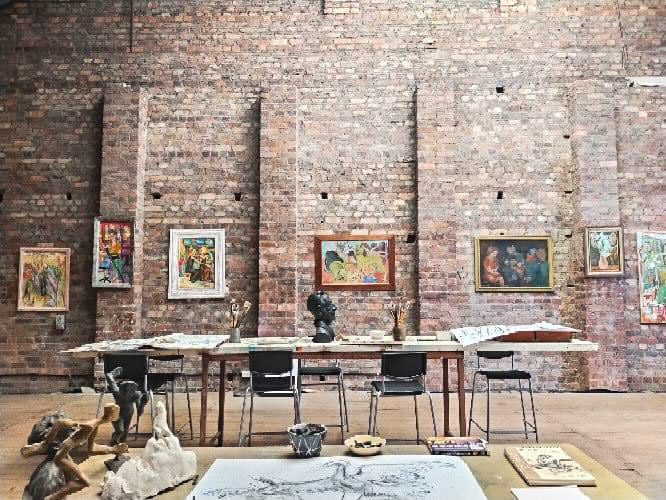
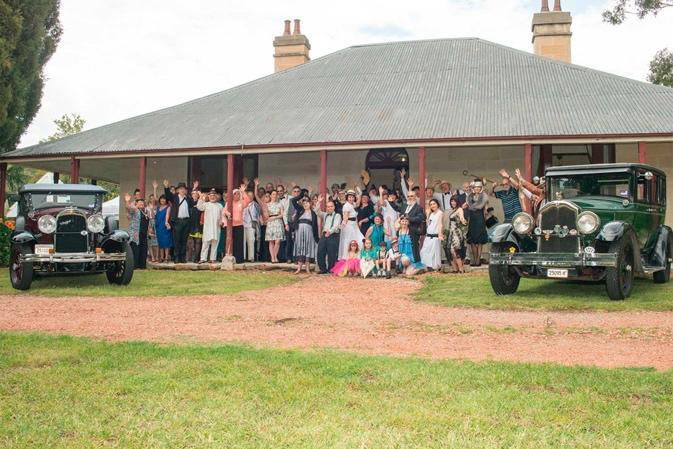
Thomas Brown built Eskbank House in 1841 – 1842. It is a heritage-listed former mine owner’s residence, iron and steel works manager’s residence, school and boarding house and now museum, event venue and community resource centre at 70 Inch Street, Lithgow. It was designed by an unknown architect and built by Alexander Binning, a stonemason, using convict labour. The property is now owned by Lithgow City Council. The residence was added to the New South Wales State Heritage Register on 24 August 2018.
It is situated just east of what is now the Lithgow City Centre. The sandstone for Esk Bank House is believed to have been quarried at Burton’s Quarry, located on the eastern ridge of the Lithgow Valley.
In 1852, Thomas Brown was appointed as a Bench Magistrate, and three years later, became a Police Magistrate. In 1872 Brown resigned from the bench. The next year he was elected to the Parliament of New South Wales.
Brown was an amateur geologist and naturalist. He is known to have donated gems and fossils to the Australian Museum. These, stored in the Museum’s space within the Garden Palace, Sydney, and sadly, were lost when, in 1882, the building was destroyed by fire.
Located at the Hartley Historic Site, Kew-Y-Ahn is a gallery exhibiting work of Aboriginal artists of Central West NSW.The project is a partnership between Arts OutWest, NSW National Parks and Wildlife Service and the NSW Department of Environment and Heritage.
Work by Aboriginal painters, weavers, designers, jewellers and photographers from across the NSW Central West is represented in rotating exhibitions in the gallery space. The gallery receives more than 8000 visitors a year.
For more information visit – https://artsoutwest.org.au/pf/kew-y-ahn-aboriginal-gallery/
The Gang Gang Gallery is a local art gallery situated in Main St, opposite Queen Elizabeth Park.
For more information on exhibitions, performances, workshops and gallery hire, visit Gang Gang Gallery.
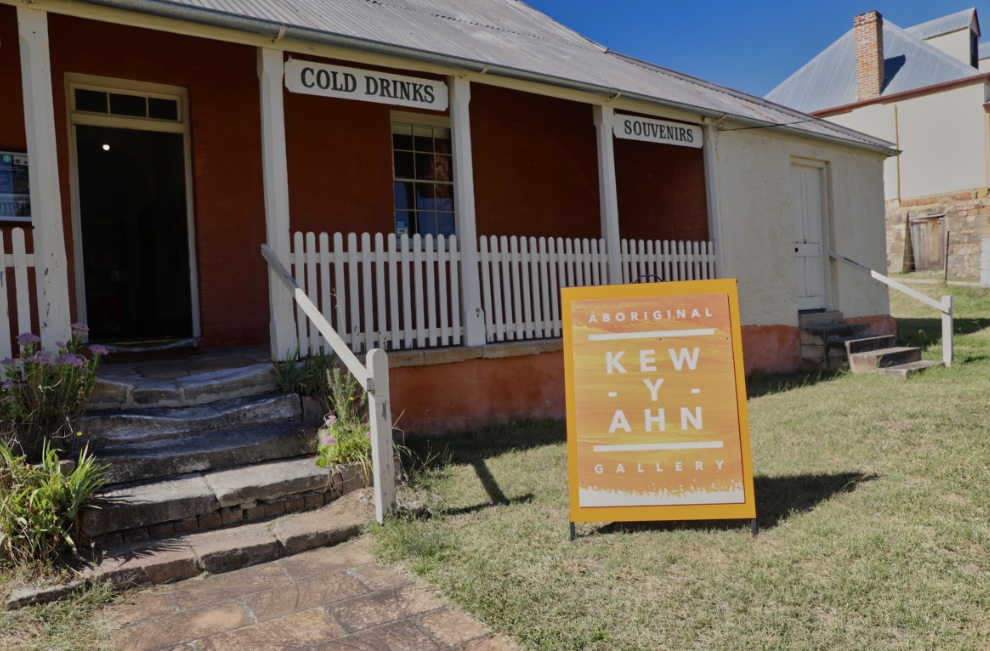
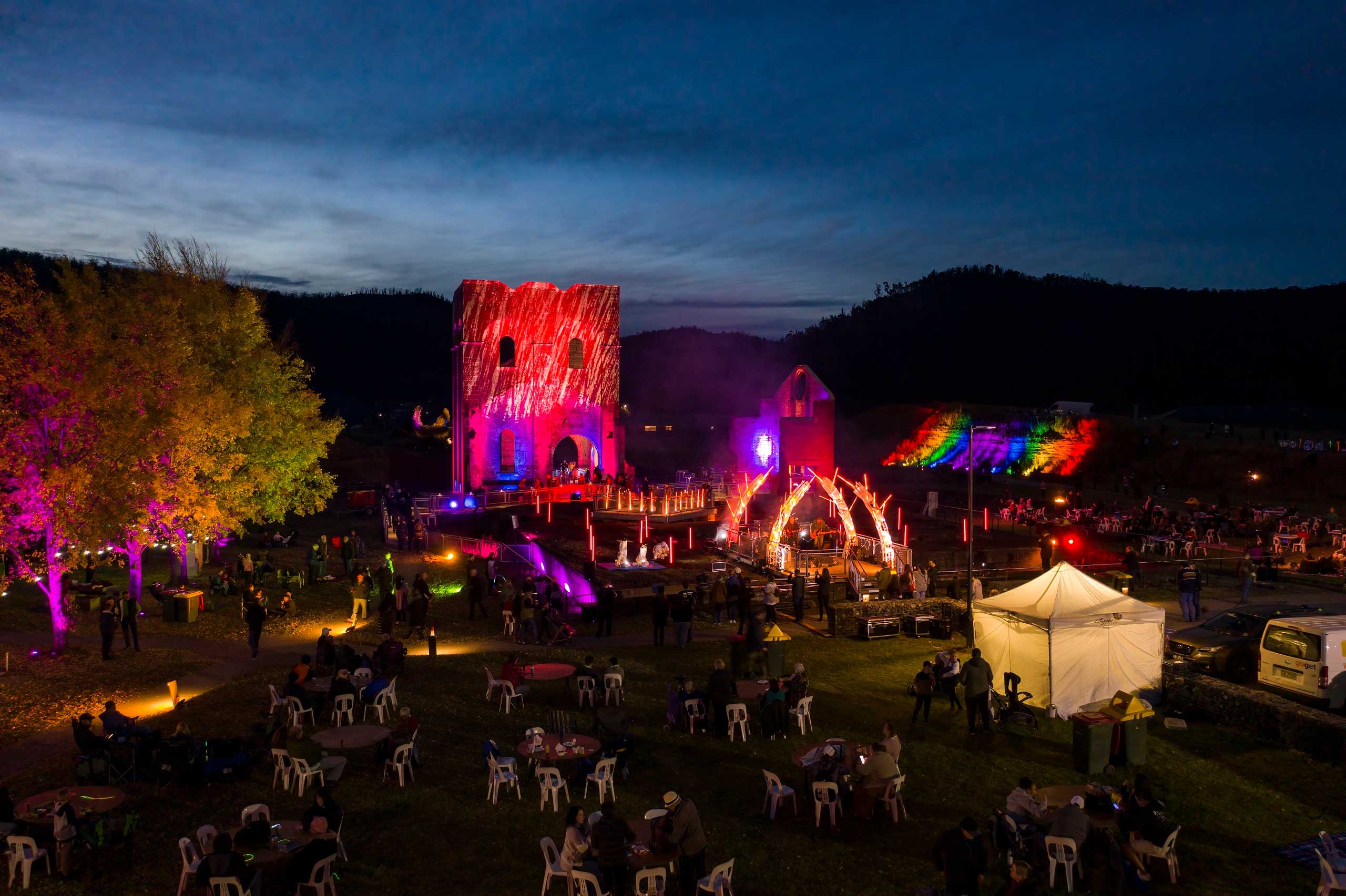
A sell out every year, the Lithgow Blast Furnace is used as a backdrop for artists to recreate the glow of the blast furnace that was used in the iron and steel industry 115 years ago.
Bands perform cinematic, post-electro, dream-rock performances. There is a fireworks display, ending in a colourfully choreographed finale.
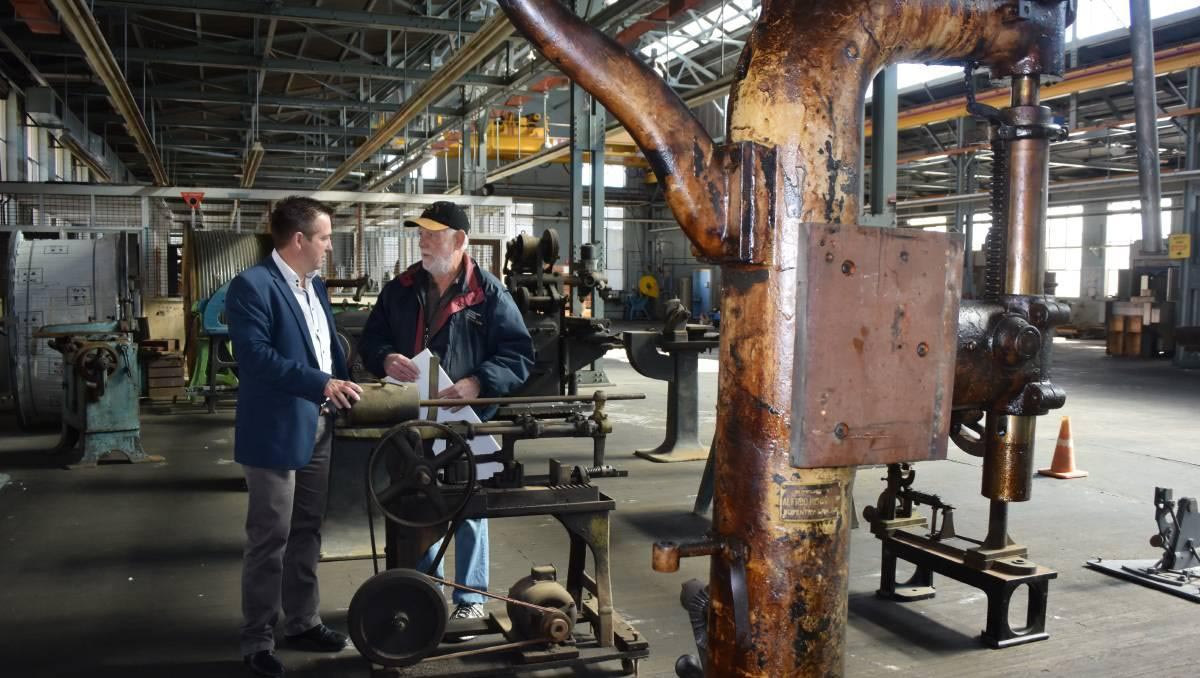
The volunteer-run Lithgow Small Arms Factory Museum is located at the front of the disused section of the Lithgow Small Arms Factory and has a large collection of military and civilian firearms manufactured both at the factory and elsewhere. In 2019, the museum was placed on the UNESCO Australian Memory of the World Register which lists influential collections and documents considered key to Australia’s history. The museum welcomes 9,000 annual visitors and is a big draw to the city of Lithgow.
One of the great mining museums of New South Wales, and a hub for the arts and creativity. The Lithgow State Mine Heritage Park presents the industrial history of the New South Wales Western Coalfield. We weave stories of the people who have been the backbone of the region’s mining industry for over 150 years around the tools and artefacts they used. Learn of the dangers of coalmining and comradeship of miners and their faithful pit horses through our interesting and interactive displays. The “Fire in the Mine” multimedia show is a must see for anyone visiting the Lithgow region.
Opened Saturday and Sunday.
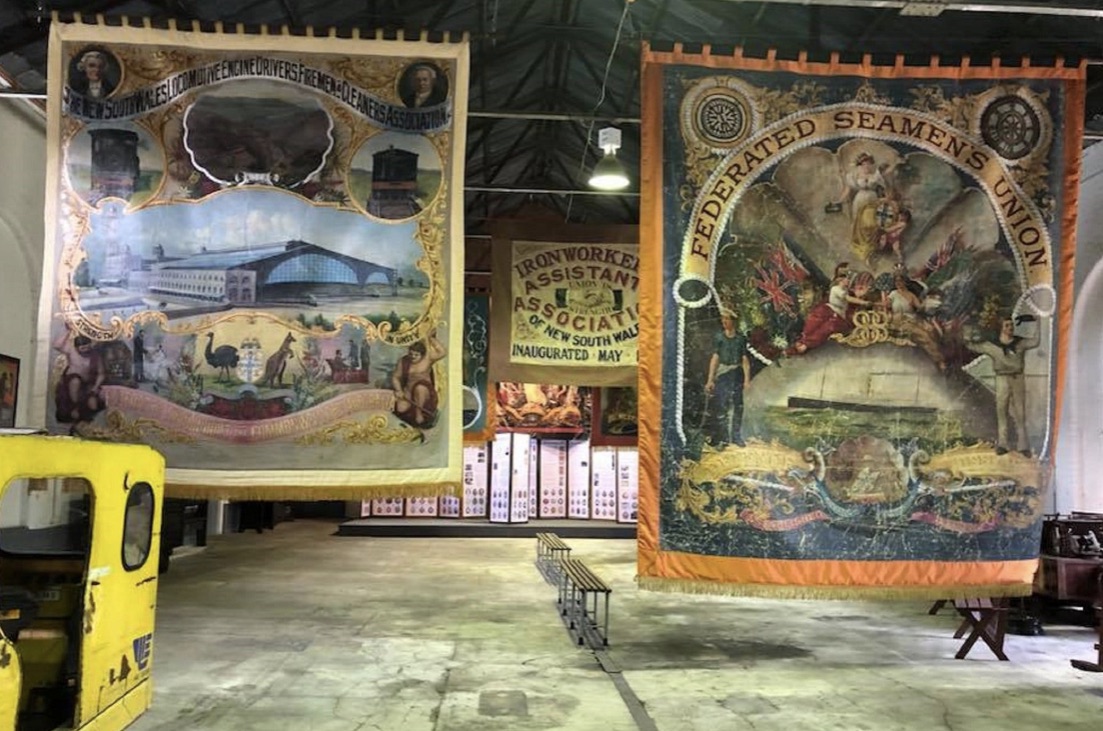
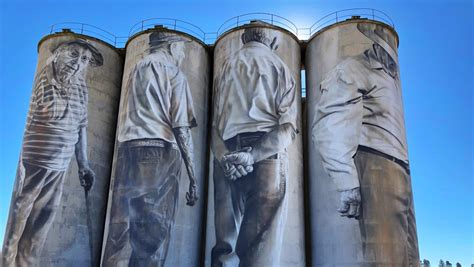
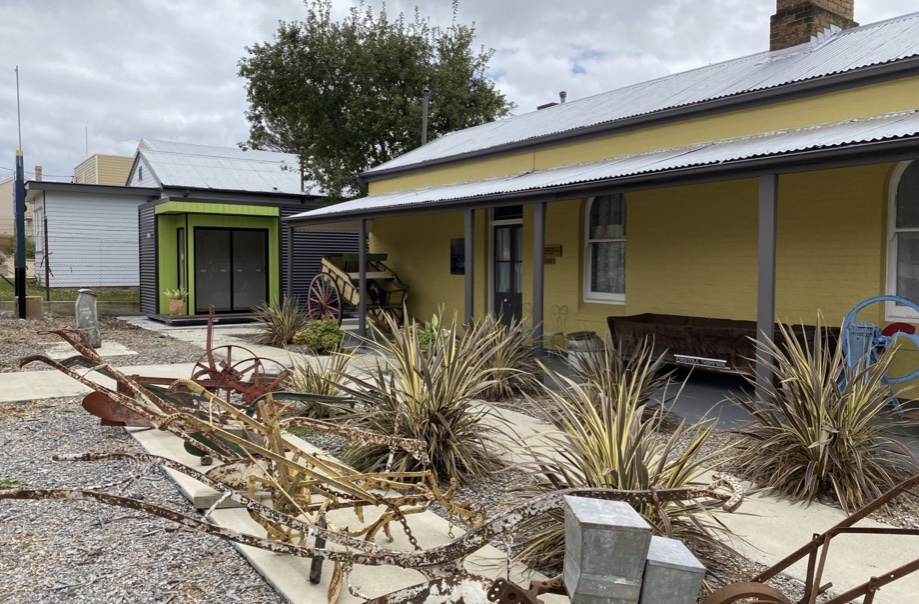
Also worth exploring is The Glen Museum (formerly the Charlie Pinch Museum) is a privately owned collection and museum developed and fostered by the late Charlie Pinch and his partner the late Valerie Risby. The collection focuses on the history of Portland and is a source of community pride –
Tours of this museum can be arranged by phoning (02) 6355 5046. 301 Cullen Bullen Road Portland, Australia, 2847.
